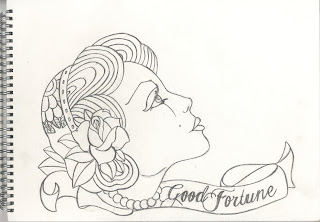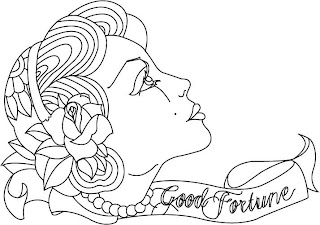Today I visited Duffield Printers on Kirtkstall Road. We were shown around by a lovely man called Clive Elston, Sales Rep for Duffield.

I had the opportunity to ask Clive various questions to help understand how they run their company, the services they provide and any trends in printing at the moment. He commented that a lot of designers seem to be employing individual printers recently, rather than bigger companies. He also said that in the past, clients tended to choose their printer by the level of quality they offer, but due to the current economic crisis, they have been looking for the lowest prices instead.
He claimed that Duffield have a lot of loyal customers, as they offer competitive prices and will normally be willing to try and beat prices offered by other companies. It is important to build up a good reputation for your printing company to be continually successful and not lose customers.
The main programme they use is Quark Express. We were shown the stages they go through when checking a document is ready for print. It involved the typical checks, such as if there is a 3mm bleed, and if the fonts and image files have been supplied with the document as well. All images must be saved as PDFs, and images must be CMYK (although can be changed by them from RGB).
They use a software called 'Cockpit' to put the postscript in to, which is then prepared and automatically creates PDFs. It also puts the pages in to the correct order for printing. (Interestingly, the lady who did this used to study Graphic Design at Leeds Art college.) The document is then checked over numerous times to ensure there is no mistakes at all and that everything is as the client wished e.g. check margins and separations. Plates are then prepared and sent over to the printer. The images are put on to the plates via laser. There are 4 plates (one for each CMYK).
I was then shown in to the room with the machines in, which did things such as automatically fold or stitch various sections together once printed.
Duffield also offers service such as small laminating jobs. One thing they do which makes them appealing as an easy to use company, is send off documents to outside suppliers to have extra things done to them that they may not offer. e.g. embossing.
I asked if people generally knew what paper they wanted or whether they gave advice on this. Clive said that they often recommended paper weights to clients. He also told me that Duffield print in any numbers from single prints to 50,000. However, they do occasionally turn jobs down that they feel they can't offer competitive prices on e.g. newspaper or magazine printing is much cheaper to be done at a web printers.
It was an interesting experience visiting a professional printers, as not only would I now know what to consider when wanting my own work printed professionally, but I also know the various ways in which this can be done. It is good to have a comparison of these types of computer generated print against those more hand crafted print techniques such as screen printing.













 (Above are figures created by an artist for the Day of the Dead celebration. Miniature figures like this are often sold in Mexico and now in the UK too, to mark and celebrate The Day of the Dead.)
(Above are figures created by an artist for the Day of the Dead celebration. Miniature figures like this are often sold in Mexico and now in the UK too, to mark and celebrate The Day of the Dead.)
























